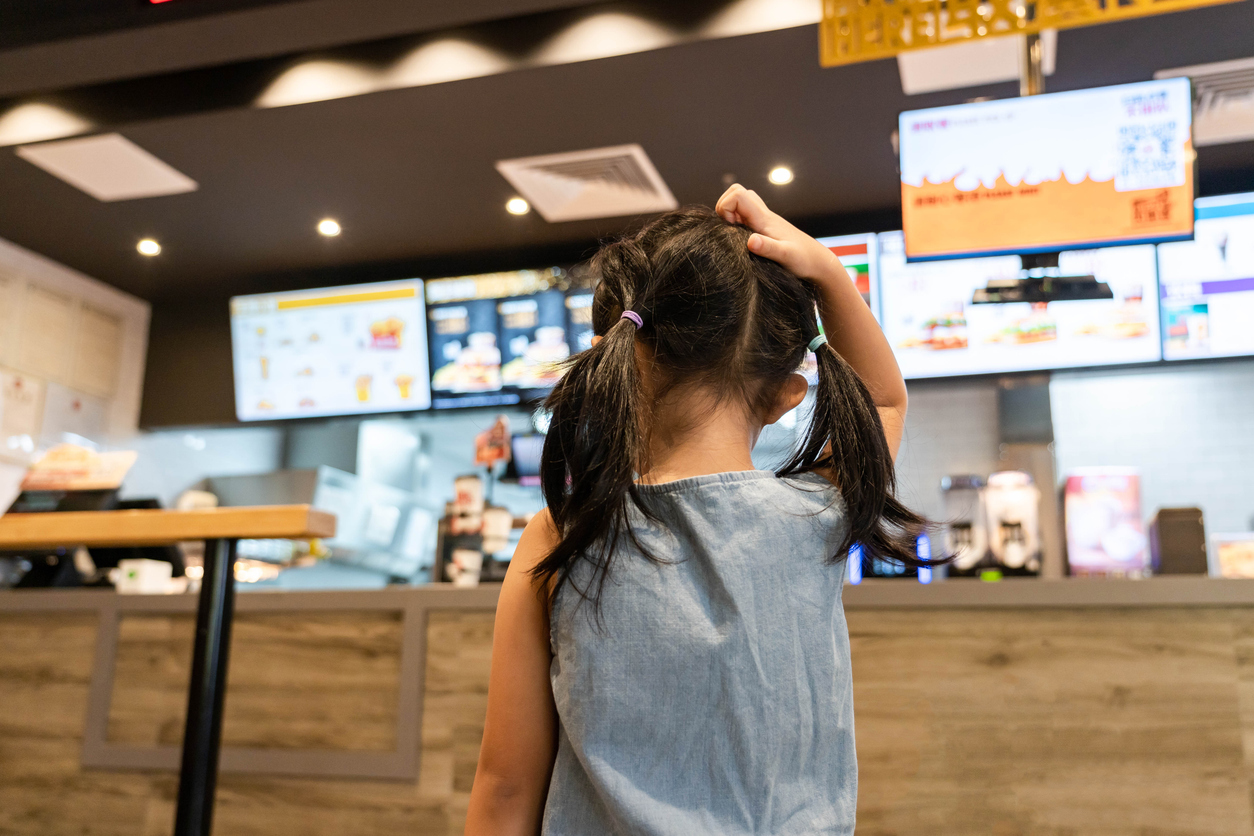Washington State continues to lead the nation in worker compensation as it implements its latest minimum wage increase for 2025. Starting January 1, the state's minimum wage will rise to $16.28 per hour, up from $16.14 in 2024. For employers and employees alike, this change represents more than just a fourteen-cent increase – it's part of Washington's broader strategy to ensure workers can keep pace with the rising cost of living.
Staying informed about these changes is essential, as they can affect everything from employee retention to pricing strategies in various industries, particularly in sectors like restaurants.
Let’s explore the current minimum wage in Washington, the different types of minimum wages, specific regulations for fast food and tipped employees, and the potential future trends that could shape the state's economic landscape.
What Is The Minimum Wage In Washington?
As of 2024, Washington's state-wide minimum wage is set at $15.74 per hour, reflecting the state's commitment to providing a living wage for its workers. However, certain cities, such as Seattle, have established even higher minimum wage rates, with Seattle's minimum wage reaching $17.27 per hour for large employers.
Local ordinances significantly determine minimum wage rates across different state regions, allowing cities and counties to set standards that exceed state and federal rates.
Here is the history of raising minimum wages in Washington State yearly:
Effective Year
Minimum Wage per Hour
2019
$12.00/hour
2020
$13.50/hour
2021
$13.69/hour
2022
$14.49/hour
2023
$15.74/hour
2024
$16.28/hour
2025
$16.66/hour
Types Of Washington Minimum Wages
In Washington, there are three primary types of minimum wages: federal, state, and local. Each type has its implications for workers and businesses:
Federal Minimum Wage
The federal minimum wage remains stagnant at $7.25 per hour, highlighting the disparity between state and federal wage standards. Washington's minimum wage is among the highest in the nation, with only Washington D.C. having a higher rate at $17.50 per hour.
State Minimum Wage
Washington's state minimum wage laws allow the state to set a higher minimum wage than the federal rate. At $15.74 per hour, Washington's minimum wage is one of the highest in the nation. This rate is adjusted annually based on inflation, ensuring it keeps pace with the cost of living.
Local Minimum Wage
Local minimum wage laws in Washington allow cities and counties to establish their minimum wage rates, which can exceed federal and state rates. This means that workers in certain areas may earn more than the state minimum wage, depending on local ordinances.
For example, cities like Seattle and SeaTac have implemented higher minimum wages to address the higher cost of living in those areas. As of 2025, the minimum wage in Seattle will be $20.76 per hour, which will apply to all businesses. The minimum wage in SeaTac will be $20.29 per hour.
Washington Minimum Wage For Fast Food Workers
Starting January 1, 2025, the minimum wage for fast food workers in Washington State is $16.66 per hour. This increase reflects a 2.35% rise from the previous year's minimum wage of $16.28. Fast food workers are entitled to the same minimum wage as other employees.
The new minimum wage aims to help fast-food workers cope with rising living costs, particularly in areas with high housing and food expenses. Employers in the fast-food sector must ensure compliance with the new wage laws, which may involve adjusting payroll systems and employee compensation structures.
Washington Minimum Wage For Tipped Employees
In 2025, the state minimum wage is $16.66 per hour, significantly higher than the federal minimum wage of $7.25.
- Tip Credit: Washington prohibits employers from using a "tip credit" to pay tipped employees less than the minimum wage. This means employers must pay tipped employees the full state minimum wage of $16.66 per hour and any tips they receive.
- Tip Pools: Employers can establish employee tip pools, but certain restrictions apply. Salaried-exempt managers and business owners cannot participate in these pools.
- Service Charges: Any mandatory service charges must be disclosed to customers, indicating who receives them. These charges are treated similarly to tips and must be in addition to the state hourly minimum wage.
- Overtime Pay: For hours worked over 40 per week, the regular hourly rate in Washington is at least 1.5 times the overtime rate.
Employers can deduct a portion of processing fees from credit or debit card tips or service charges, but they must keep accurate records of these deductions. Taxes are withheld from both tips and service charges.
The Future Of Rising Washington Minimum Wage
Washington's minimum wage increases from $16.28 to $16.66 in 2025, a significant development in the state's labor landscape. This adjustment reflects ongoing efforts to address inflation and the rising cost of living, ensuring that workers can maintain a reasonable standard of living.
The minimum wage increase is tied to the Consumer Price Index (CPI), which measures the cost of goods and services. Wages keep pace with inflation, helping workers maintain their purchasing power.
The rise to $16.66 per hour will benefit many low-wage workers. It can cover essential expenses such as housing, food, and transportation. For workers aged 14 and 15, the minimum wage will be 85% of the adult wage, which will be $14.16 per hour in 2025.
How Can Restaurants Overcome The Increased Minimum Wage Challenges?
As the minimum wage rises, restaurant owners must adopt strategic approaches to navigate the associated challenges effectively. Here are several strategies that can help mitigate the impact of increased labor costs:
- Flexible Staffing: Implement flexible scheduling practices to ensure staffing levels align with peak business hours. This can reduce labor costs during slower periods.
- Cross-Training Employees: Train staff to perform multiple roles within the restaurant. This versatility allows for better coverage during peak hours without additional hires.
- Menu Updating: Analyze menu items to identify high-margin dishes that can be promoted. Consider removing or reworking low-margin items to improve overall profitability.
- Dynamic Pricing: Introduce seasonal or dynamic pricing strategies that adjust menu prices based on demand, ingredient costs, and labor expenses.
- Technology Integration: To streamline operations and reduce labor costs, invest in POS systems, inventory management software, and kitchen automation tools.
- Loyalty Programs: Implement loyalty programs that reward repeat customers. This will help build a loyal customer base that can offset increased costs.
- Delivery and Takeout: Enhance delivery and takeout options to reach a broader customer base, as most consumers prefer dining at home.
- Incentive Programs: Create incentive programs that reward employees for performance, encouraging productivity and enhancing job satisfaction.
Get Innovative Restaurant Solutions To Manage Rising Wages
As restaurants face rising wages, technology and innovative solutions can help mitigate these costs while enhancing operational efficiency. Checkmate offers advanced solutions to assist restaurant owners in effectively navigating this challenge. Restaurants can not only maintain profitability but also improve service quality. Adapt these changes with strategic tools and insights to empower your restaurant operations. Get a demo today and ensure your restaurant’s success!





